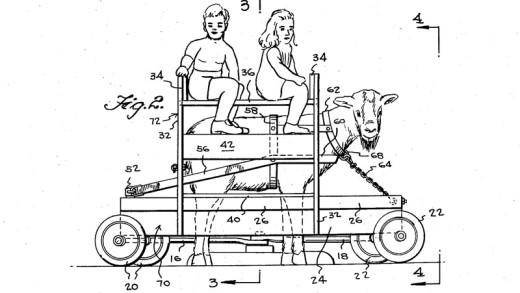

(Generating a fifth is done by multiplying the frequency by the ratio 3/2, or 1,5.
Goattracker arpeggio code#
If I could get the routine (without the code for user input) inside 192 bytes, the size of most SID pitch tables, I would consider that a bonus.Ģ) generate 11 fifths on top of each other Composers selecting 12-tone equal temperament as a framework for their pieces composed on computers may have made their first composing choice out of habit instead of consciously.

The language of the SID chip is frequencies, not notes. Computers aren't limited to a tuning system in the same way that for instance a piano is. Students seldom experience that there are no problems in pieces that for instance don't use key changes, like the Commando High Score theme. People teaching music theory in my experience mostly focus on how 12-tone equal temperament solves problems in older tuning systems. Scales and pitch tables can be derived from a single frequency by simple steps. This is meant to show three things that I think people don't often experience directly: What I would like to do now is instead of hard-coding a pitch table, I'd like to procedurally generate one from a user given frequency. But I tuned my pythagorean table to the same key as Rob's song and nothing sounded out of tune to me. So most key changes and some intervals will sound 'off' or 'out of tune' to most of us. The problem with pythagorean is that 12 pure fifths don't exactly equal 7 octaves (it's about 1,4%, or a quarter semitone, off). Pythagorean tuning tunes to pure fifths (a frequency ratio of 3:2). My ears are not the best, but for the life of me I couldn't tell the difference between the two. Recently I replaced the pitch table in Rob Hubbard's Commando High Score theme with a pure 3/2 pythagorean one (the original is 12-tone equal temperament).


 0 kommentar(er)
0 kommentar(er)
